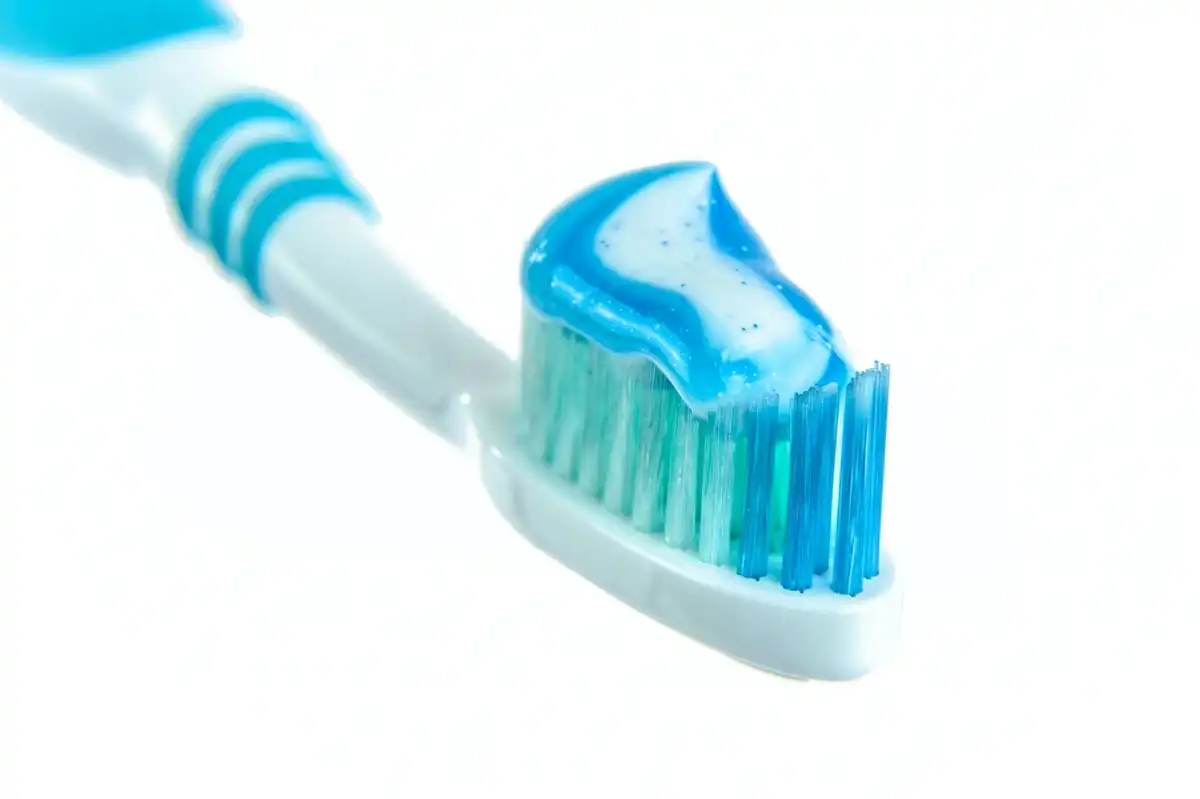Why Are My Toothbrush Bristles Turning Hard and Stiff?


Have you ever picked up your toothbrush and wondered why those used-to-be-soft bristles are now rock hard or even crunchy?
Hard toothbrush bristles don’t give you the flex you need when it comes to cleaning curved, groovy surfaces across your smile. That, and they’re just plain rough on your gums. In fact, hard toothbrush bristles can cause notches in your enamel and make your gums recede!
So, what’s causing your toothbrush bristles to turn hard, especially if you know you’re buying soft ones?
Are You Replacing Your Toothbrush Every 3 Months?
One reason why you might have hard toothbrush bristles is that your brush is old. When you press your thumb against it to rinse it off, the bristles may not even budge one direction or the other.
Since your bristles need to slightly flex when you press them against your teeth, you need to be sure you’re replacing old toothbrush heads at least every three months. Things like overuse, heat, and residue can make older toothbrushes start to look and feel gunky in no time.
Plus, keeping old brushes is just gross. They tend to accumulate germs (hey, you keep them on your bathroom counter) and can breed bacteria if you use them while you’re sick.
If you know hard water is a problem and you’re not ready to just jump right in and invest in a water softener, consider using boiled water or distilled water to rinse your toothbrush every day. Just keep a bottle or jug in your bathroom and pour it over your toothbrush once you’re done brushing.

Leftover Toothpaste In The Bristles
If you don’t rinse your toothbrush off really well when you use it — like really rub your thumb against it when you’re rinsing it off — you might have some leftover toothpaste residue.
When this happens enough times, eventually that toothpaste will accumulate at the base of your bristle tufts. Ultimately, this means the bristles flex less and have a shorter working length, which makes them feel harder. So, if you have hard toothbrush bristles, look at them up close to see if you can tell if there’s residue down in-between them. A great way to rinse your toothbrush is to run it under the water while you’re using your finger to move the bristles side to side.
But before you do, it’s really, really, really important to make sure your hands are clean. Wash your hands before you brush! Otherwise, you’re probably putting extra yucky germs into your mouth.
Does Whitening Make Bristles Hard?
So, this is something I’ve noticed on my own, since I have a toothbrush for every occasion (and place!) If you’re brushing right after you whiten your teeth, the bleaching gel might start to build up inside of the bristles, especially if you’re not rinsing it really well after you use it.
This can be the case whether you’re using strips, trays, or a whitening pen. It really doesn’t matter.
Since I use so many different types of toothbrushes, this is a discovery I made at random. If you’re just now starting to get hard toothbrush bristles, it could have something to do with your teeth bleaching routine.
Bye Bye Hard Bristles!
Hard toothbrush bristles = bad. They can’t clean your teeth well and are harsh on your gums. If your toothbrush bristles feel so hard that they don’t even flex (or they just feel awkwardly firm,) then it’s time to toss it and find out why.
More than likely, your bristles are hardening because of things like being too old, having hard water in your home, toothpaste residue left inside of them, or whitening gel building up.
Once you do a little investigative work, you’ll figure out what’s causing your toothbrush bristles to turn hard. Since using soft bristles is super important for having healthy gums and clean teeth, you can take the necessary steps to keep the problem from reoccurring.

Make your inbox smile!
Subscribe





